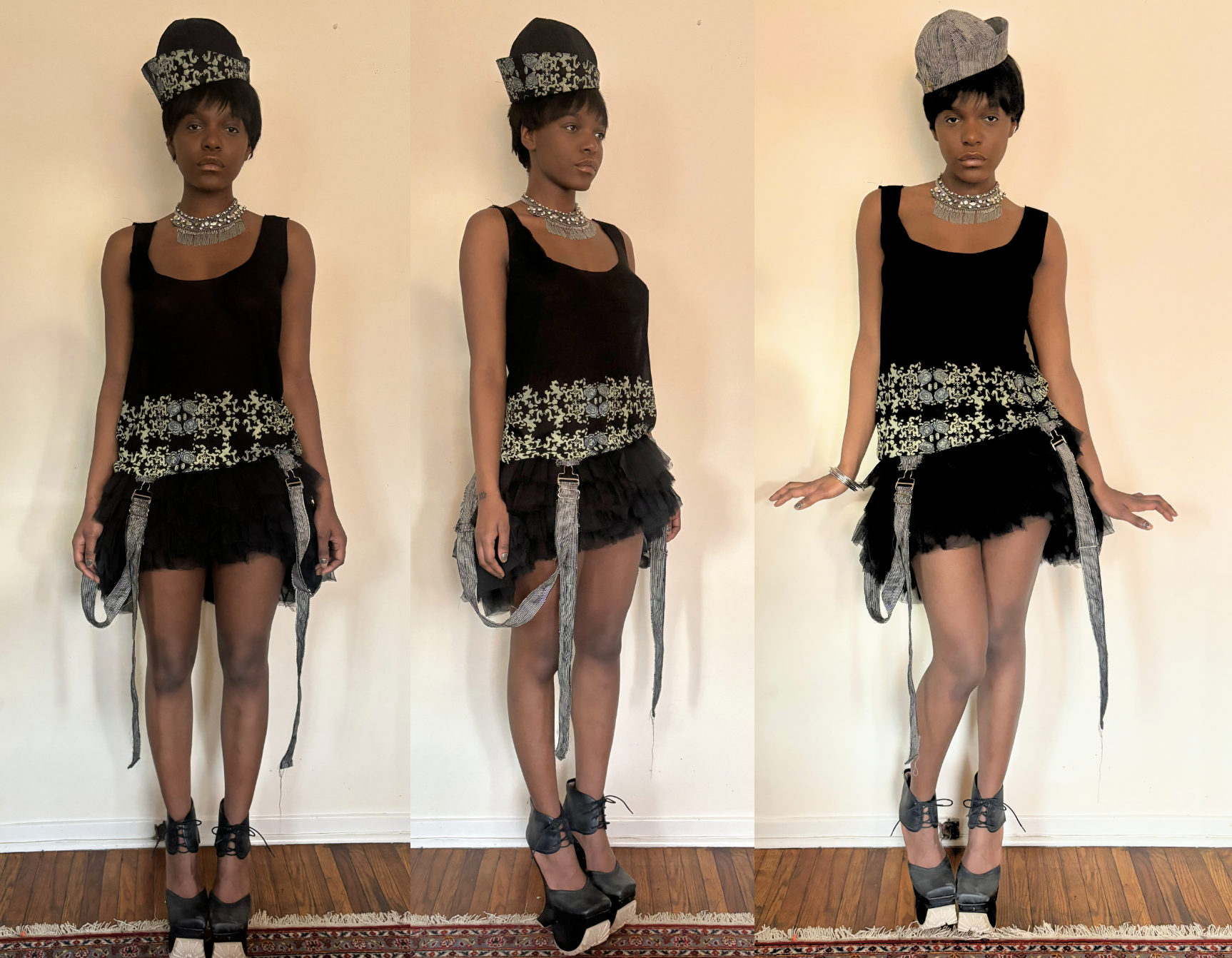We live suspended in a perpetual tension between order and chaos. This conflict echoes through our lives and manifests in countless forms: the delicate balance between stability and transformation, the tension between feminine and masculine, and the primal urge to both destroy and create. We establish routines to maintain structure and predictability, yet disorder inevitably disrupts this balance, compelling us to confront the neglected, the feared, or the ignored aspects of our existence. My thesis collection, Entropia, delves into this dynamic: the innate human drive to simultaneously dismantle and rebuild.
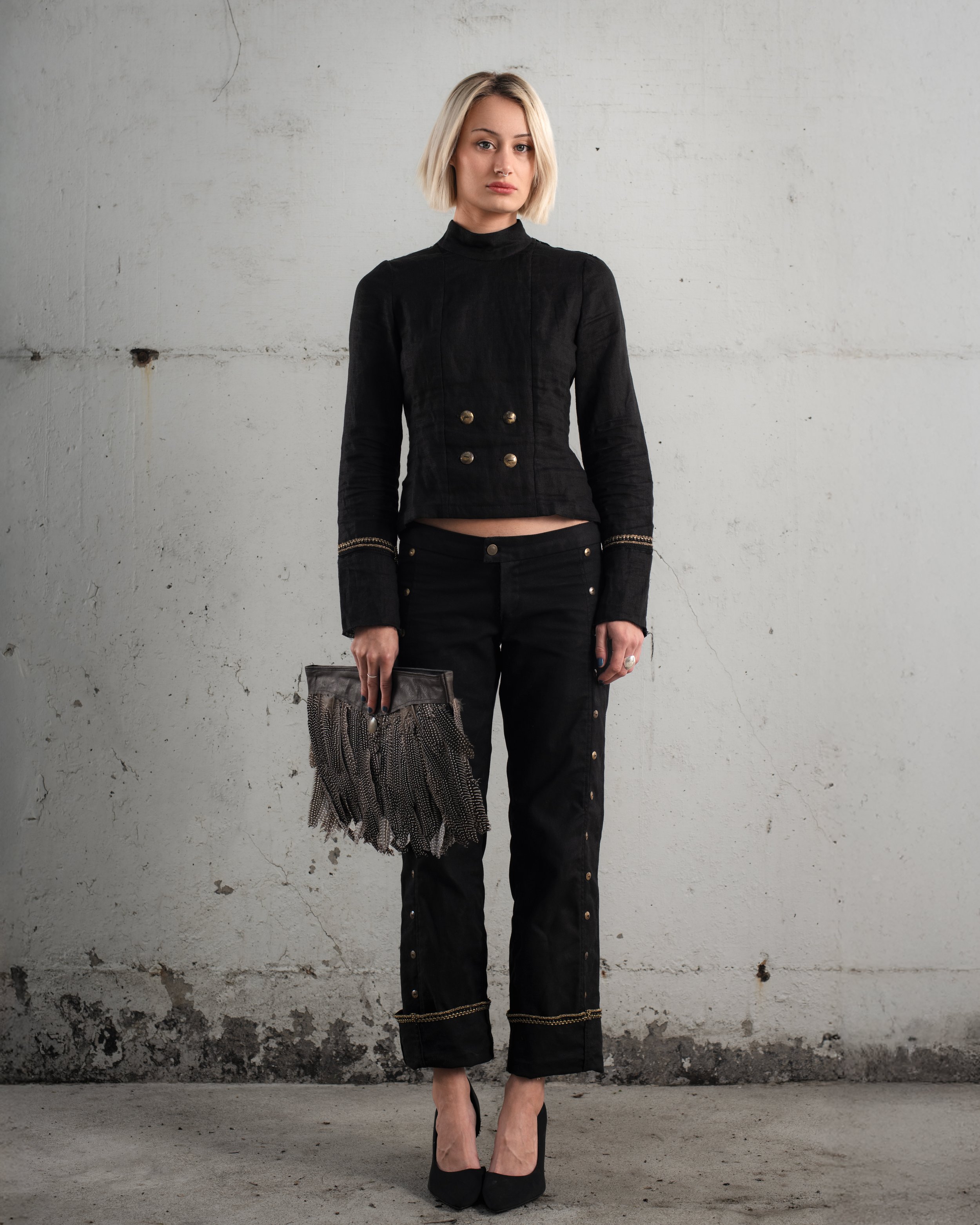
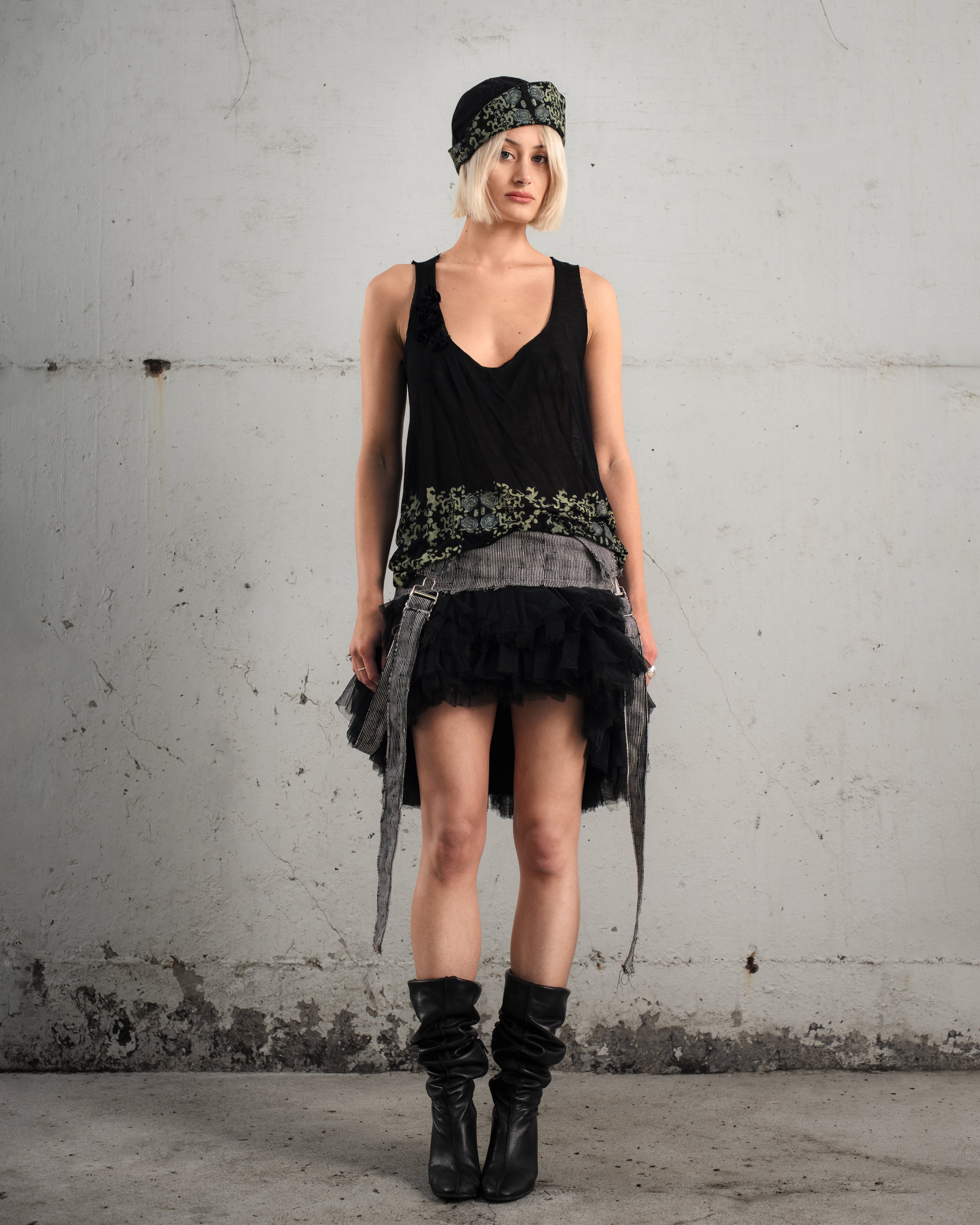
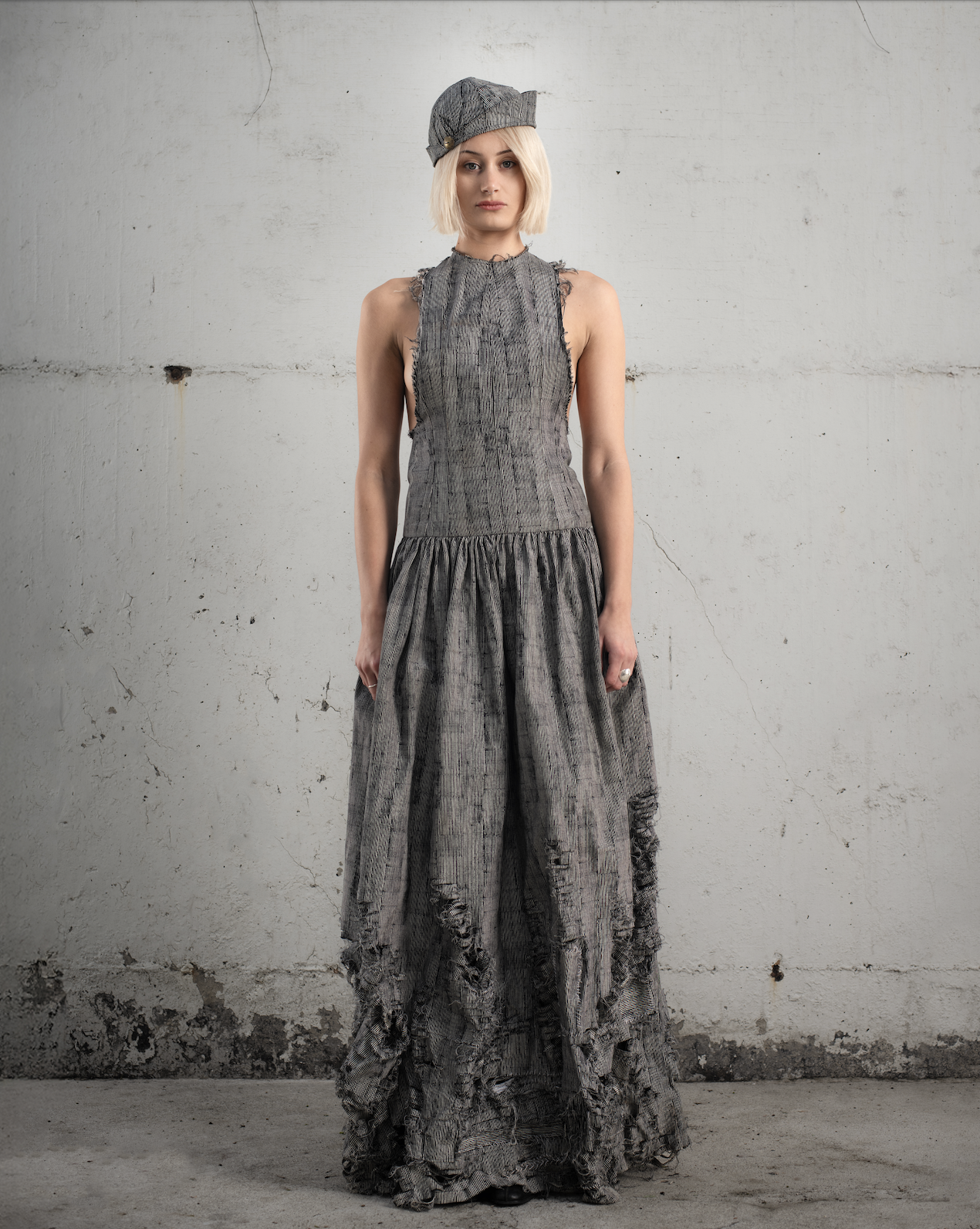

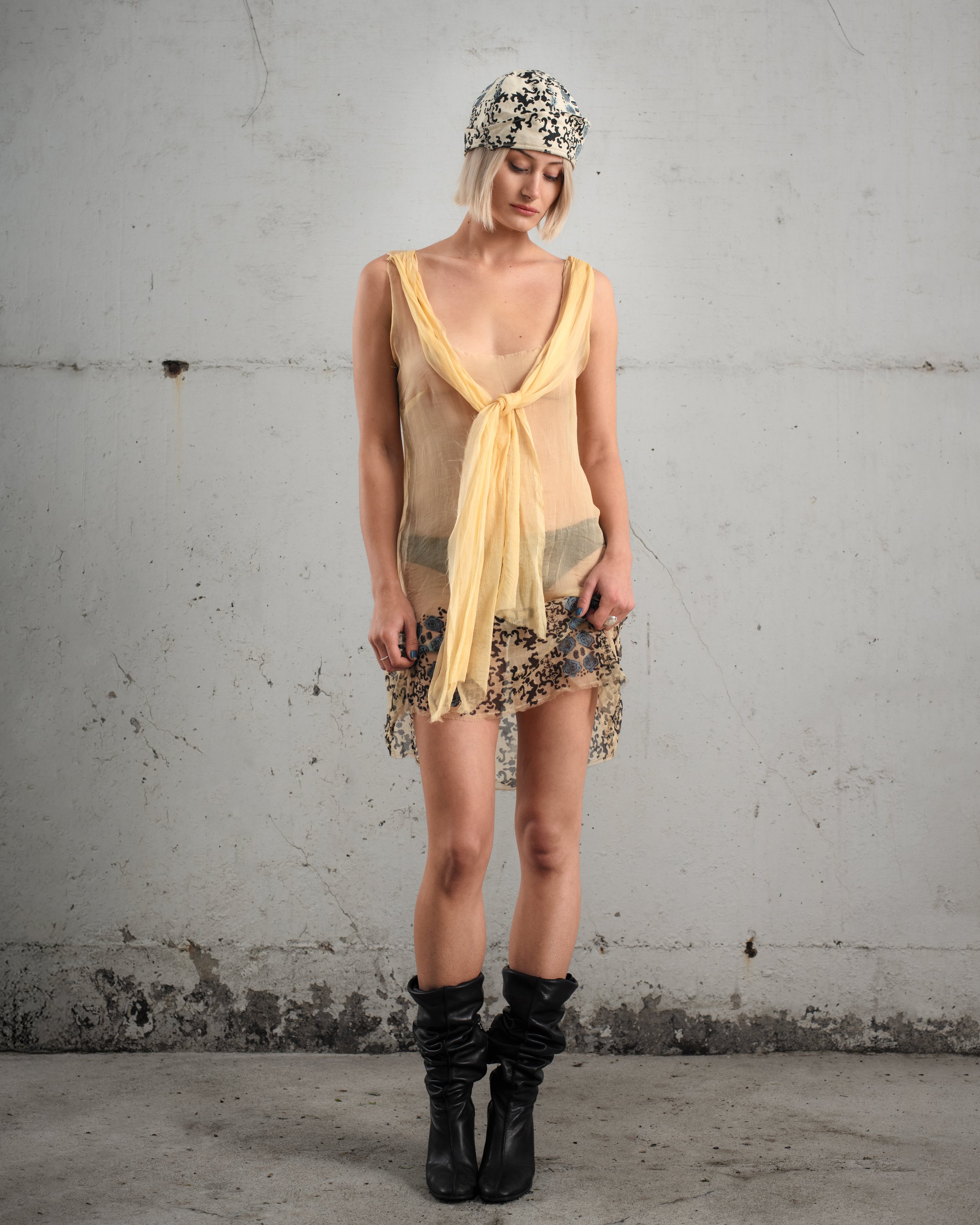
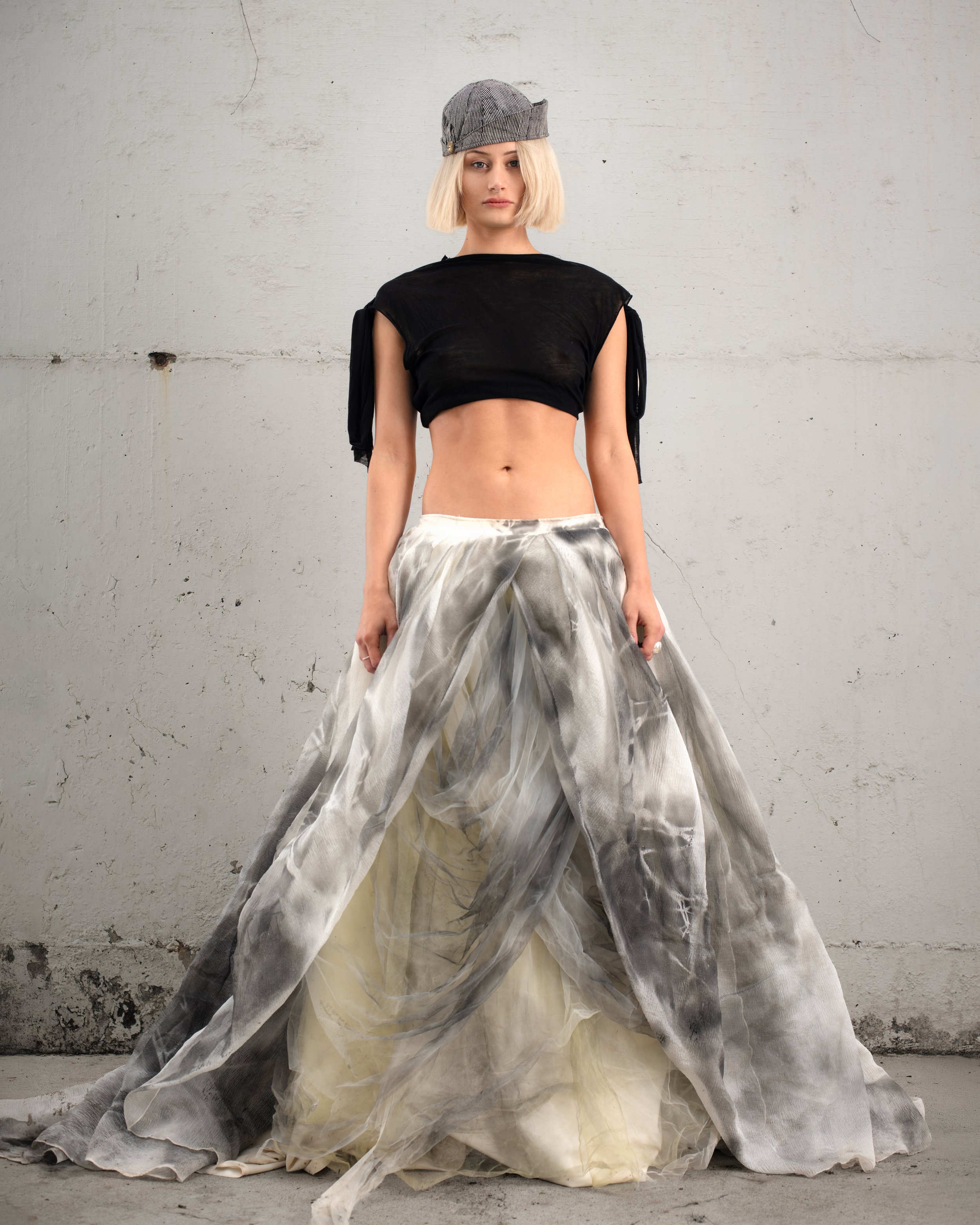
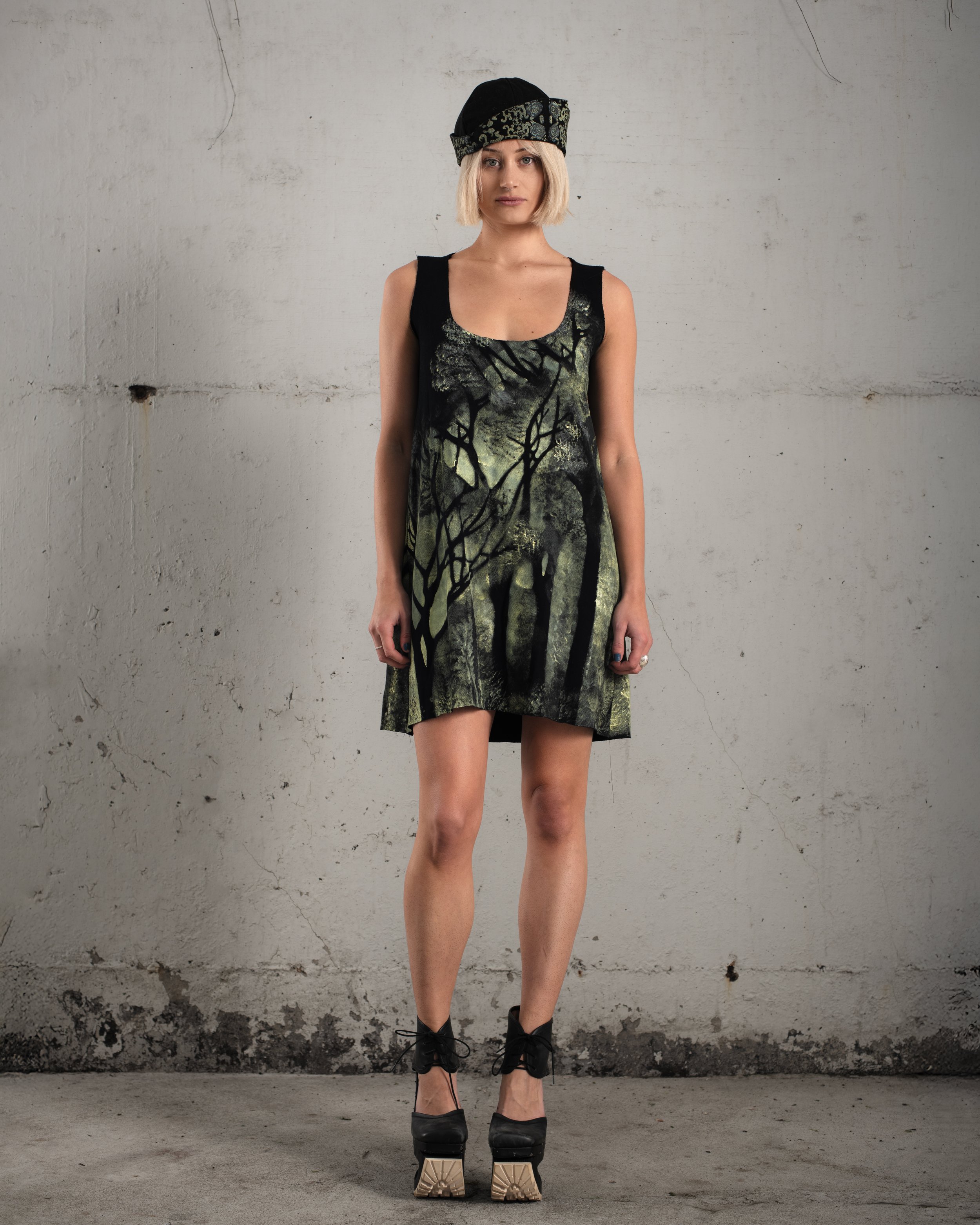
My capstone collection explores this dynamic through Jacques Derrida’s deconstructionist theory, proposing that order and chaos coexist not in opposition, but within a generative tension. It’s a space where opposing forces are held in balance, neither feared nor surrendered to. Within this context, fashion becomes a vehicle for storytelling and transformation, a means to interrogate and reshape our relationship with both the world and the self.
Historically, fashion has mirrored cultural tensions between control and rebellion (order and chaos). The precision and symmetry of 18th-century neoclassical fashion, defined by rigid sartorial codes and structured silhouettes, illustrate society’s pursuit of control and conformity (Burr, 2017). Similarly, military tailoring, with its sharp lines, signifies discipline and authority, marking fashion as a medium through which social order is expressed.
In contrast, subcultures such as 1970s punk embodied deliberate disorder and anarchy, characterized by torn fabrics, DIY aesthetics, and bold self-expression. Designers like Vivienne Westwood and Rei Kawakubo have critically employed fashion as commentary on societal norms and structures, echoing anarchist philosopher Mikhail Bakunin, who argued that destruction is essential for creativity and innovation (Leier, 2006).
Derrida’s deconstructionist theory profoundly influences my practice, suggesting that meaning and form remain fluid, continuously open to reinterpretation. His assertion that “there is nothing outside the text” (Derrida, 1976) highlights the idea that our understanding of reality is mediated entirely through systems of representation, language, and interpretation. In other words, meaning is not inherent or absolute, but constructed, fluid, and always shifting.
My creative process deeply engages with the philosophical and material intersections within fashion design. It is rooted in thoughtful craftsmanship and experimental techniques that reject the uniformity and disposability of mass-produced fashion. Instead, my collection embraces ritualistic and emotionally charged methods: carving my own printing blocks, hand-dyeing, distressing fabrics, and crafting oxidized brass buttons. These approaches express narrative and temporality, underscoring my commitment to sustainability through the continual repurposing of materials from earlier designs.
Look 1 exemplifies this philosophy by juxtaposing structure with fluidity—a black wool-blend jacket lined with organza, its seams meticulously bound using fabric scraps from Look 5, symbolizes controlled structure. In contrast, a sheer yellow silk chiffon dress, block printed by hand, embodies softness and movement, creating a harmonious dialogue between order and chaos. The linen hat, similarly block printed, reinforces this interplay through intentional imperfections.
Look 2 continues the exploration of imperfection and vulnerability with a semi-sheer black jersey knit top featuring hand-carved block prints at the hem and 3D flower appliqués. It’s paired with a hand-dyed, layered, distressed tulle skirt and a structured black-and-white cotton overall-style belt. Together, the look physically manifests Derridean notions of deconstruction—layered, mutable, and intentionally unfinished.
Each handcrafted element—such as oxidized brass buttons made through silversmithing techniques—rebels against industrial uniformity. The unpredictable oxidation process embodies an acceptance of decay as something inherently beautiful.
Material transformation lies at the heart of my practice, symbolizing creativity’s alchemical nature. Techniques like block printing introduce organic irregularities that resist mechanized perfection, reinforcing my belief that beauty lies in unpredictability and imperfection. These methods, deeply tied to historical textile traditions, embed the collection within a broader cultural narrative.
Structured tailoring juxtaposed against sheer, distressed textiles highlights fashion’s dual potential to uphold and disrupt aesthetic conventions. Raw edges, exposed seams, rough ombré dyeing, hand painting, and intentional distressing reference historical movements—such as punk and deconstructionist fashion—that shifted from structured uniformity toward expressive liberation, positioning fashion as a transformative force.
Ultimately, Entropia investigates fashion as a cyclical, transformative practice shaped by the symbiotic relationship between destruction and renewal combining traditional craftsmanship with experimental techniques such as natural dyeing and hand-distressing, I present chaos not as an endpoint, but as an essential catalyst for creativity and growth.
Entropia is thus both a philosophical inquiry and a material exploration, redefining fashion as a medium capable of critical reflection, resistance, and transformative engagement with the world.
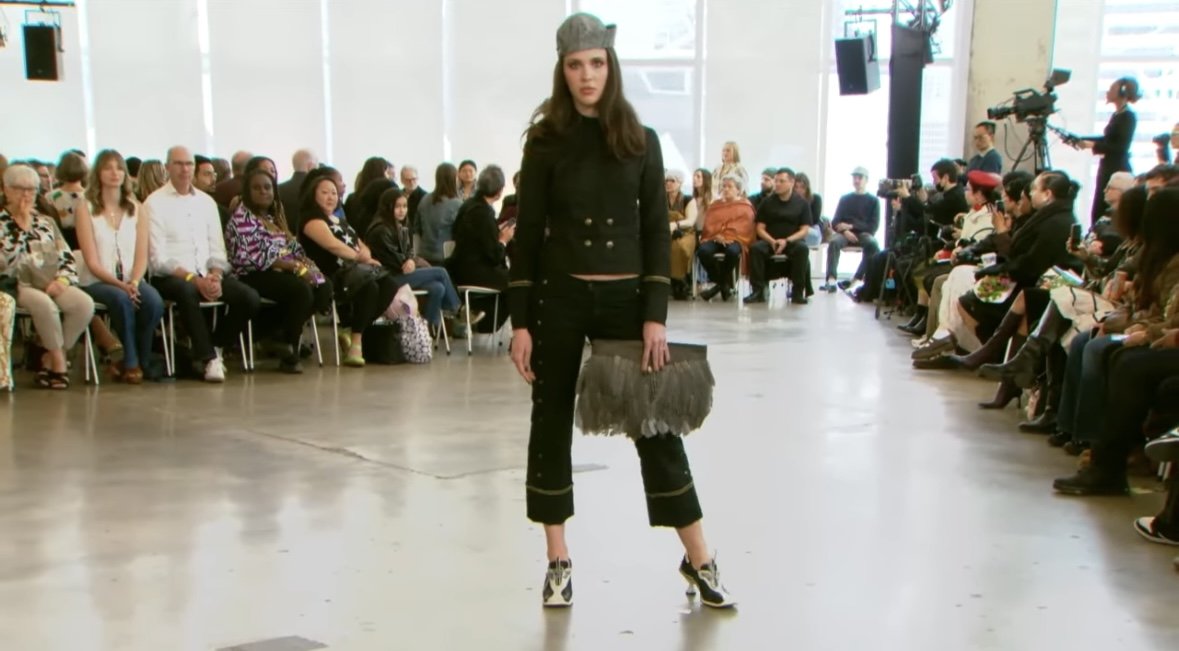

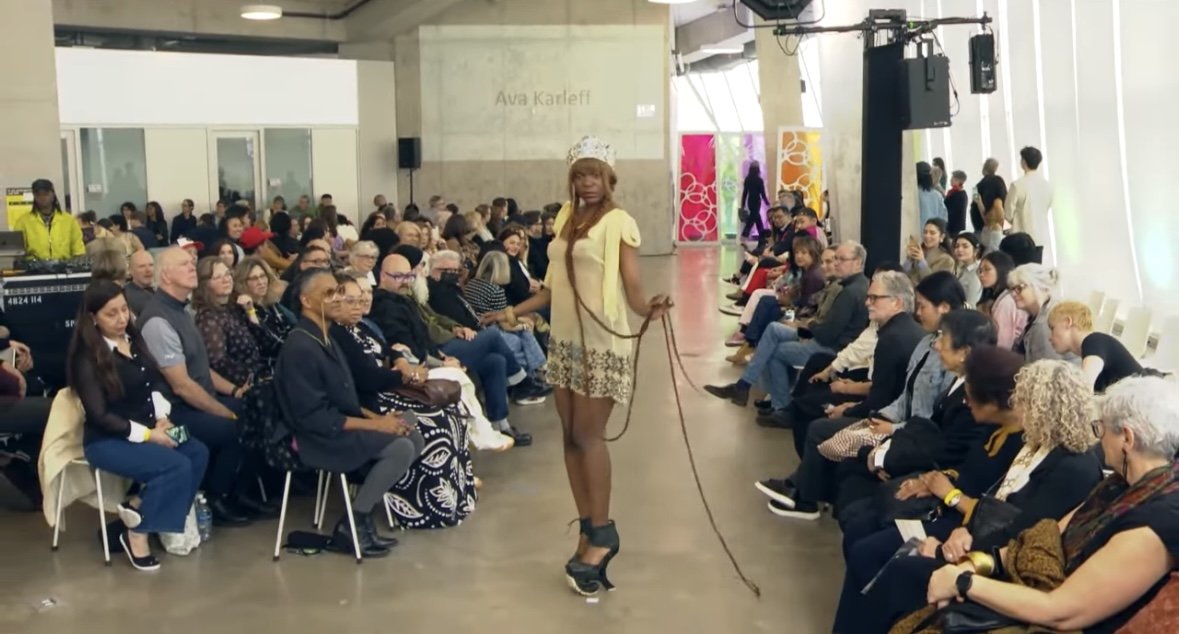

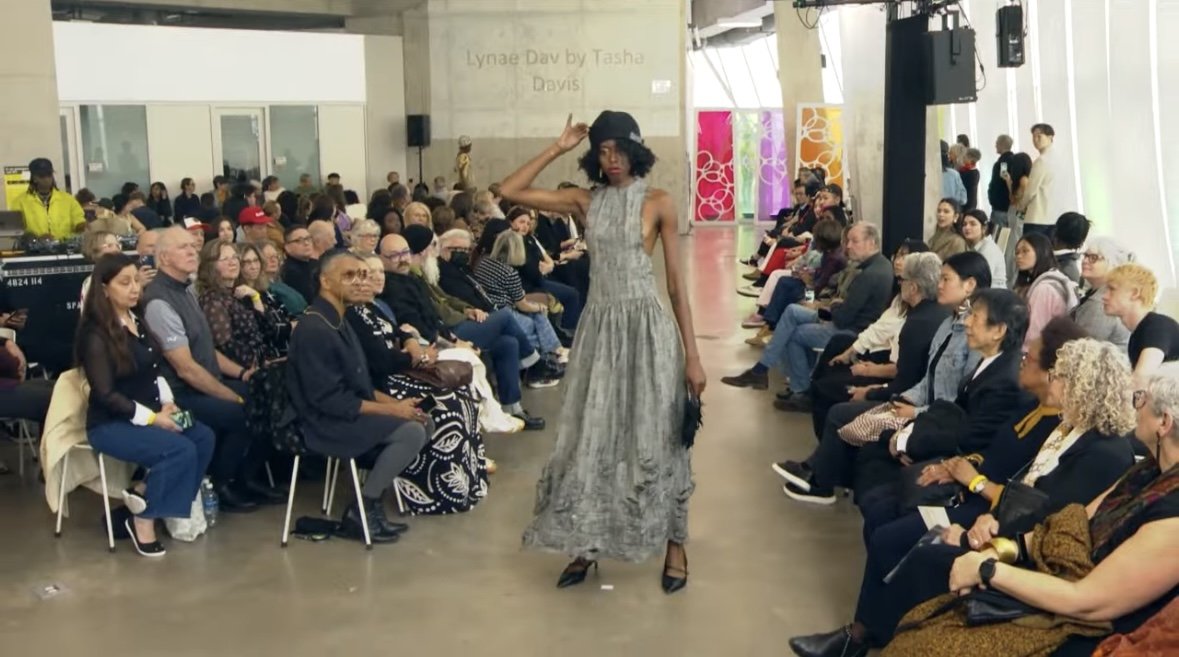
References:
Burr, C. A. (2017). Why the Flapper Still Matters: Feminist Pedagogy, the Modern Girl, and the Women Artists of the Beaver Hall Group. Historical Studies in Education, 29(2), 113-136.
Derrida, J. (1976). Of Grammatology (G. C. Spivak, Trans.). Johns Hopkins University Press.
Gill, A. (1998). Deconstruction Fashion: The Making of Unfinished, Decomposing, and Re-Assembled Clothes. Fashion Theory, 2(1), 25-49. Leier, M. (2006). Bakunin: The Creative Passion. St. Martin's Press.






